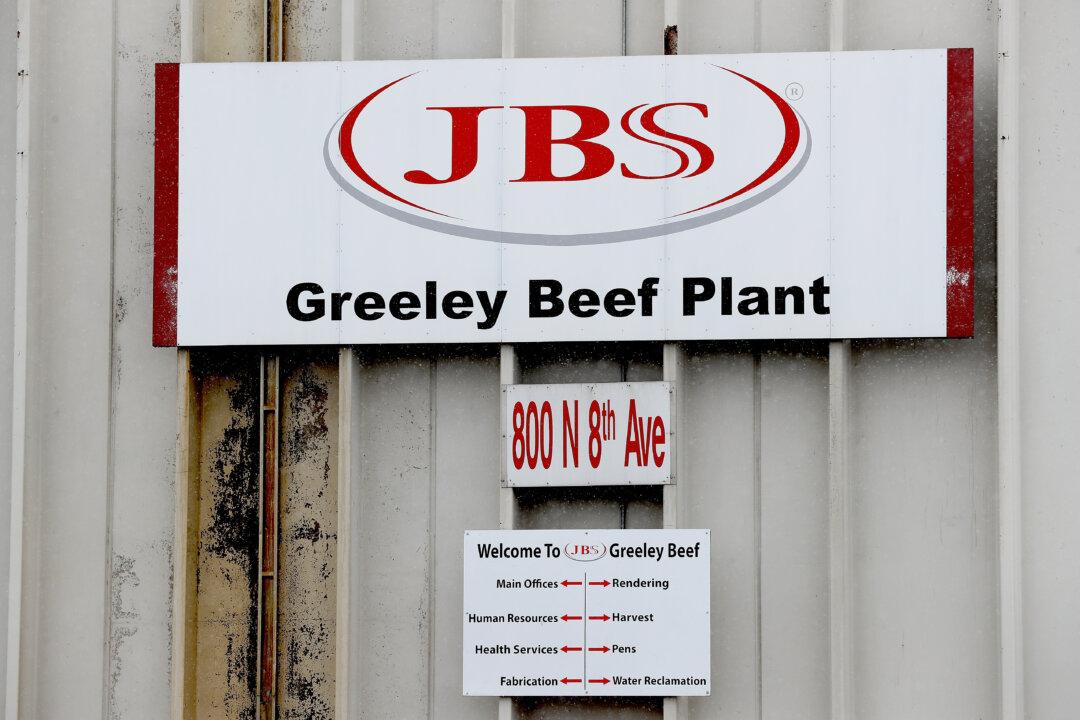The Environmental Protection Agency (EPA) announced on Monday that it will relax regulations on how coal-fired power plants dispose of so-called coal-combustion residuals (CCRs), known as coal ash.
The regulations had been introduced by the Obama Administration to force coal-based energy providers to install mechanisms to clean up the processing and storage of waste products from firing coal. These waste products include fly ash, boiler slag and flue gas desulfurization residues, and can contain arsenic, lead, and mercury. Such substances can pose a serious threat to human life and/or ecosystems if storage facilities fail.





